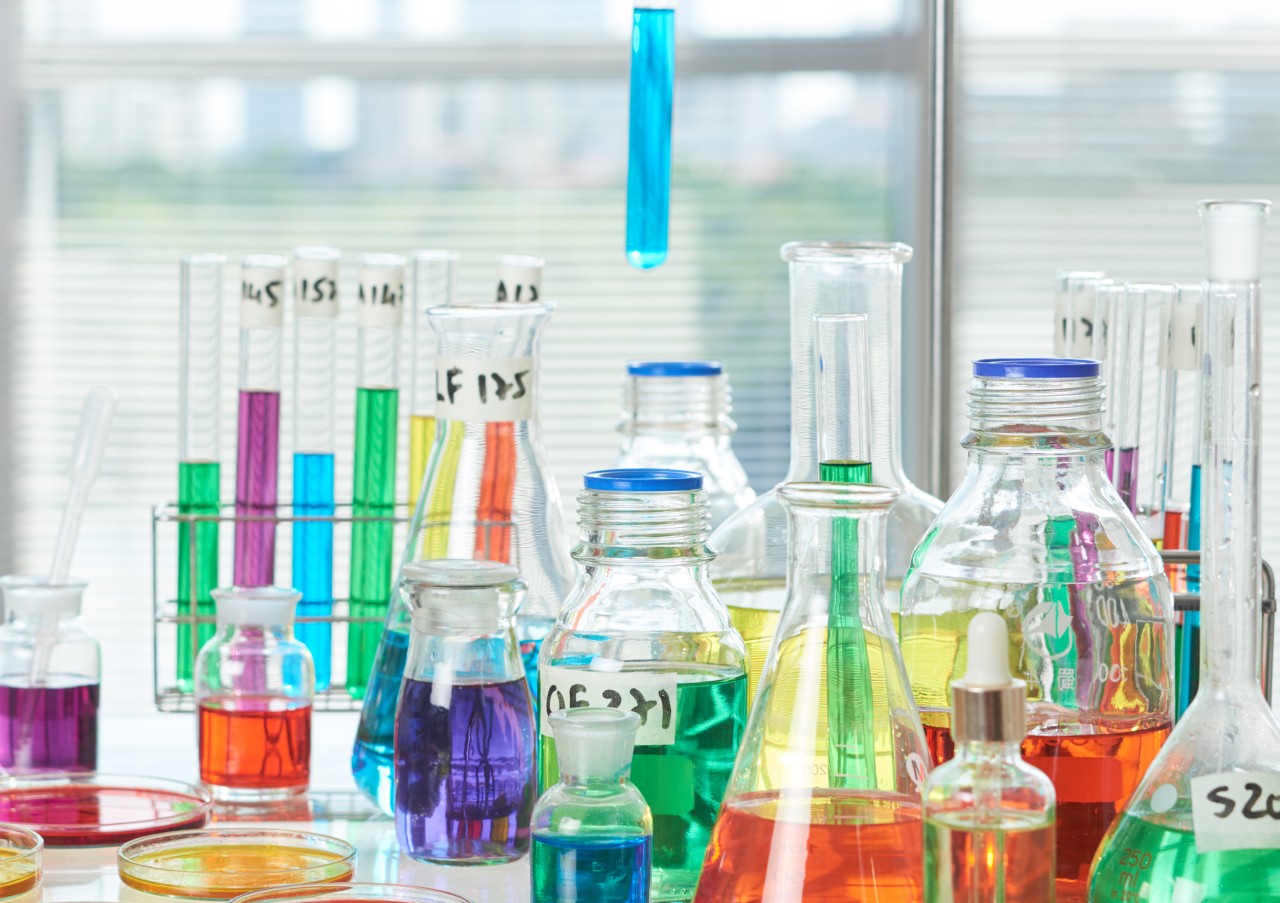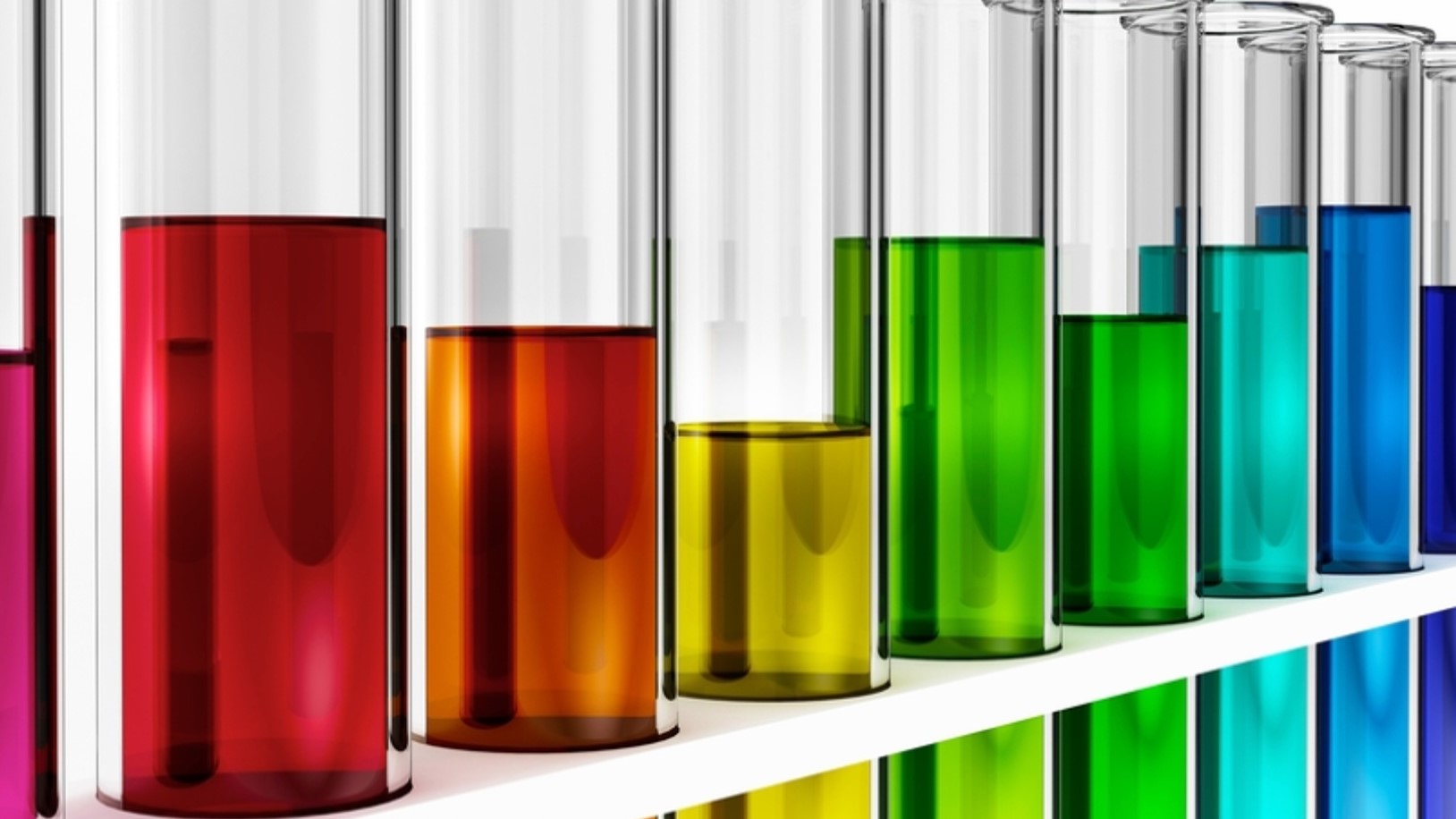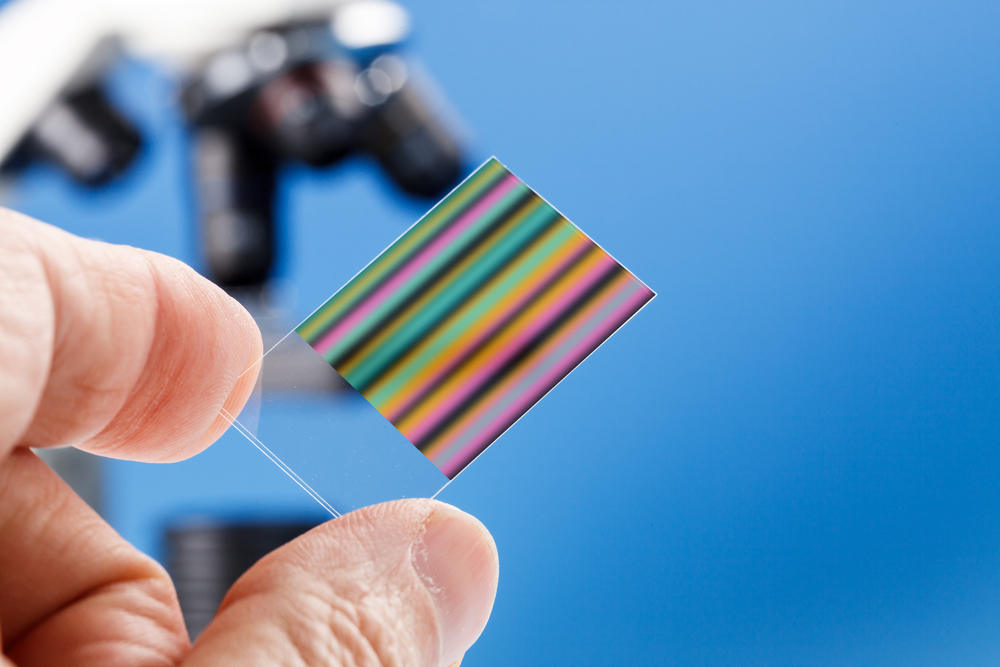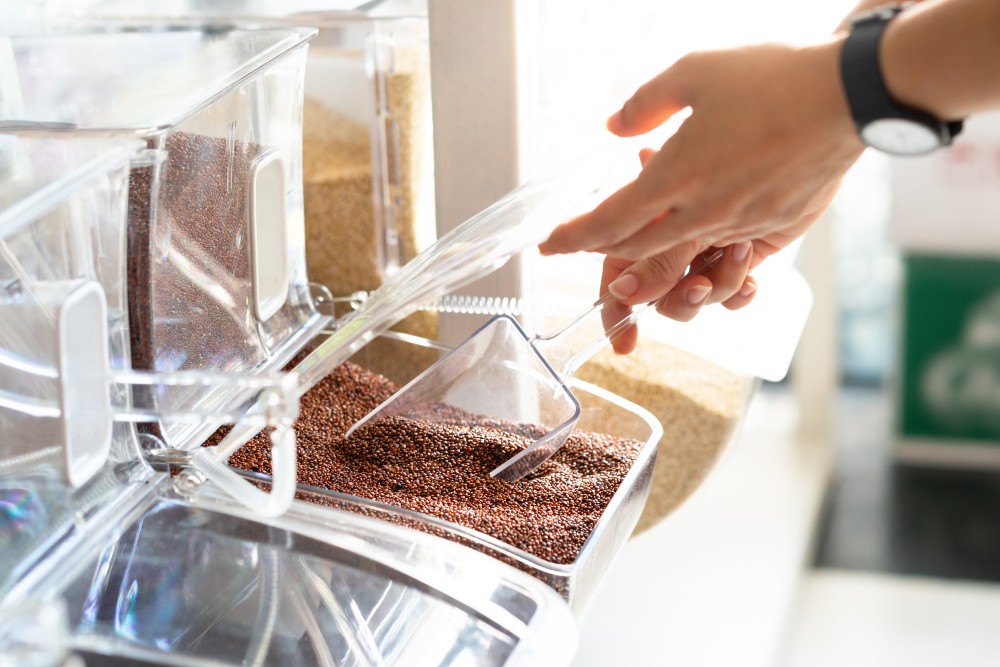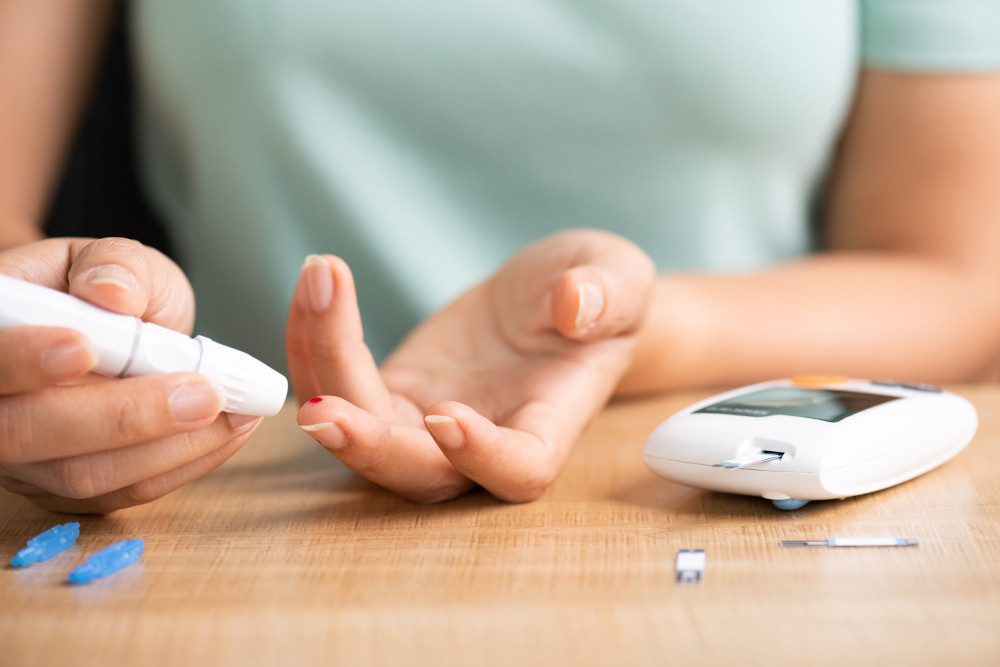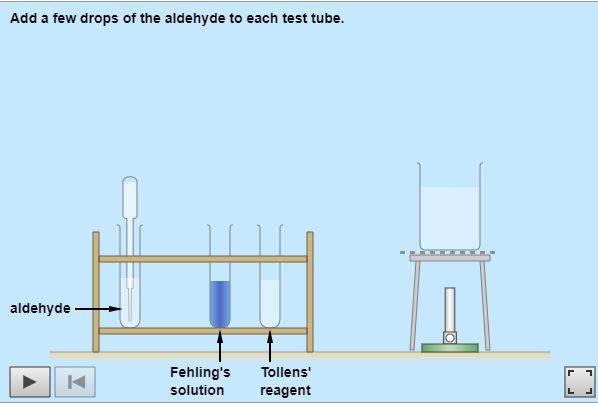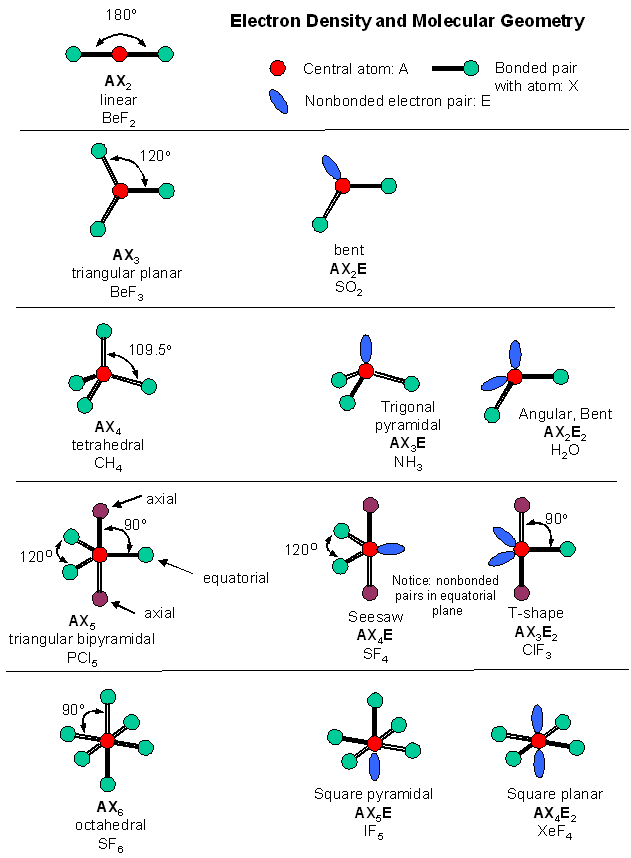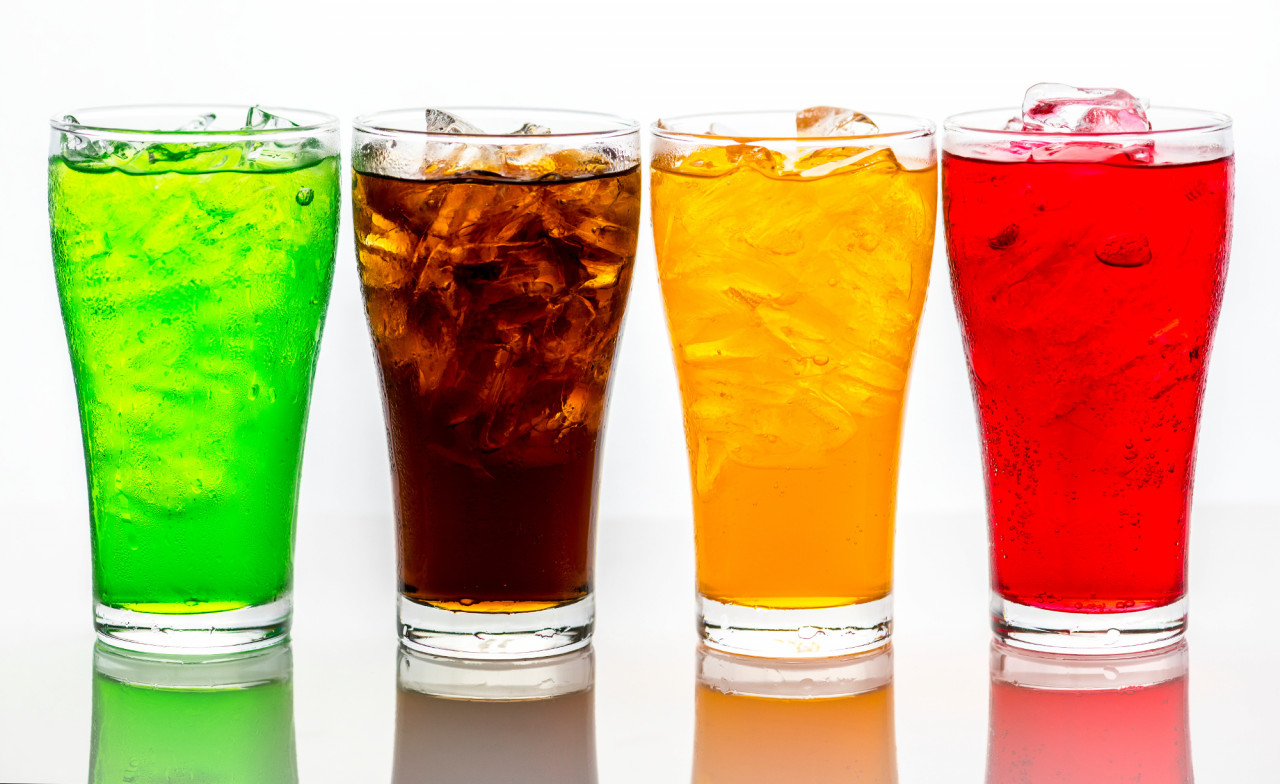OCREdexcelAQA Transition elements : properties Ligands and complex ions Ligand substitution and precipitation Redox reactions Electron con...
Proton NMR produces a spectrum with a number of peaks. The number of peaks corresponds to the number of different chem...
Background This topic is mostly about equilibria so it is important for students to understand that concept first. Before tackling this topic ma...
Before tackling this topic make sure you are able to: explain the difference between intermolecular and intramolecular forces. use...
EdexcelOCRAQA Enter your text here ... Enter your text here ... Enter your text here ... Amino acid Molecule A. This is glycine - the simpl...
Carbonyl compounds all contain a C=O double bond. This is usually formed when an alcohol is oxidised using an oxidizing agent such as ...
EdexcelOCRAQA Production of alcohols Enter your text here ... Oxidation of alcohols Enter your text here ... Elimination from alcohols With phosphorus...
Accounting for electrons. The images in this slideshow here show how we can account for the way in which electrons are shared between atoms. ...
1. Why is water a liquid and not a gas ( between 0 and 100oC) ? Water has a Relative Molecular mass ( Mr) of 18 ... Oxygen's Mr is 32. ...
